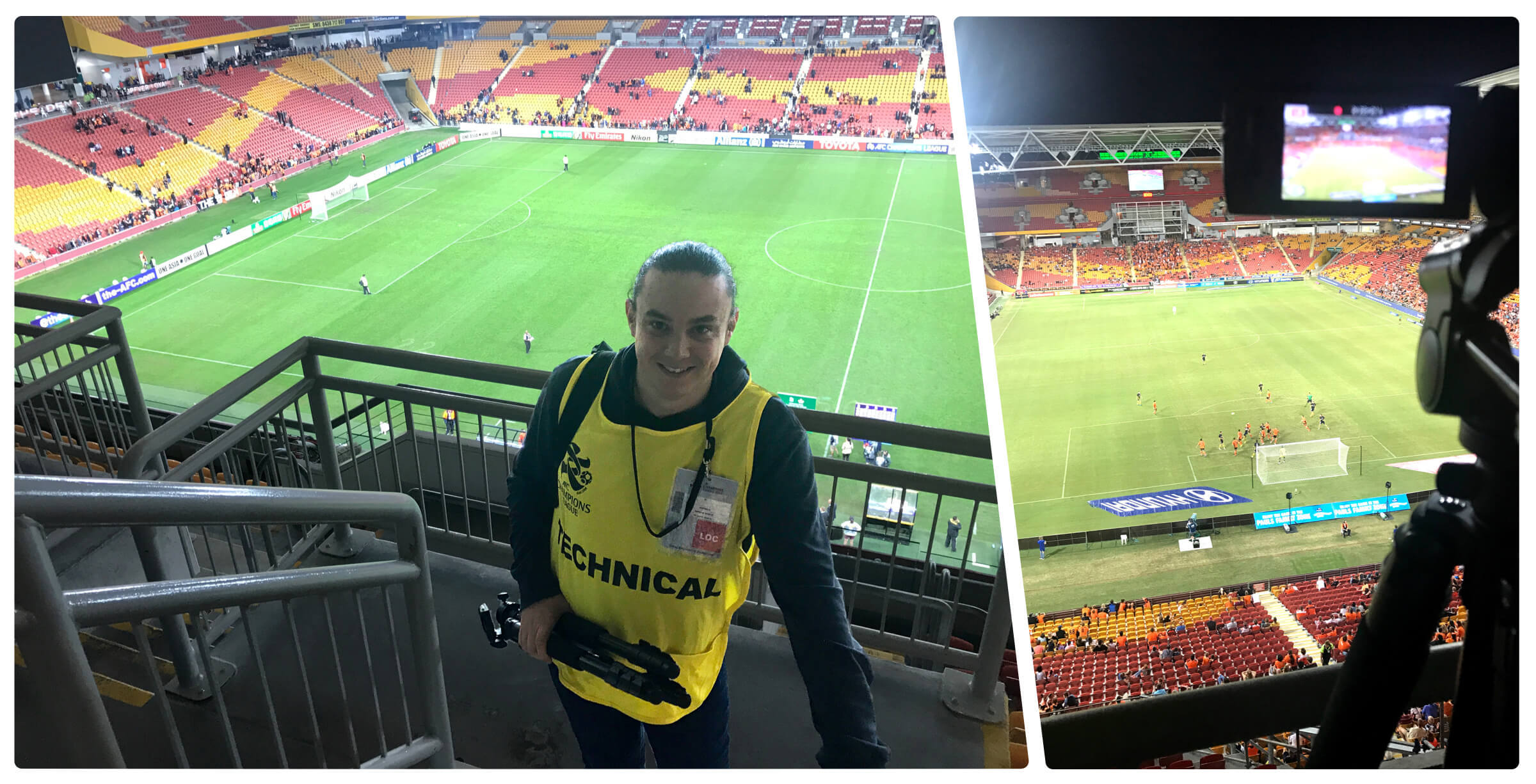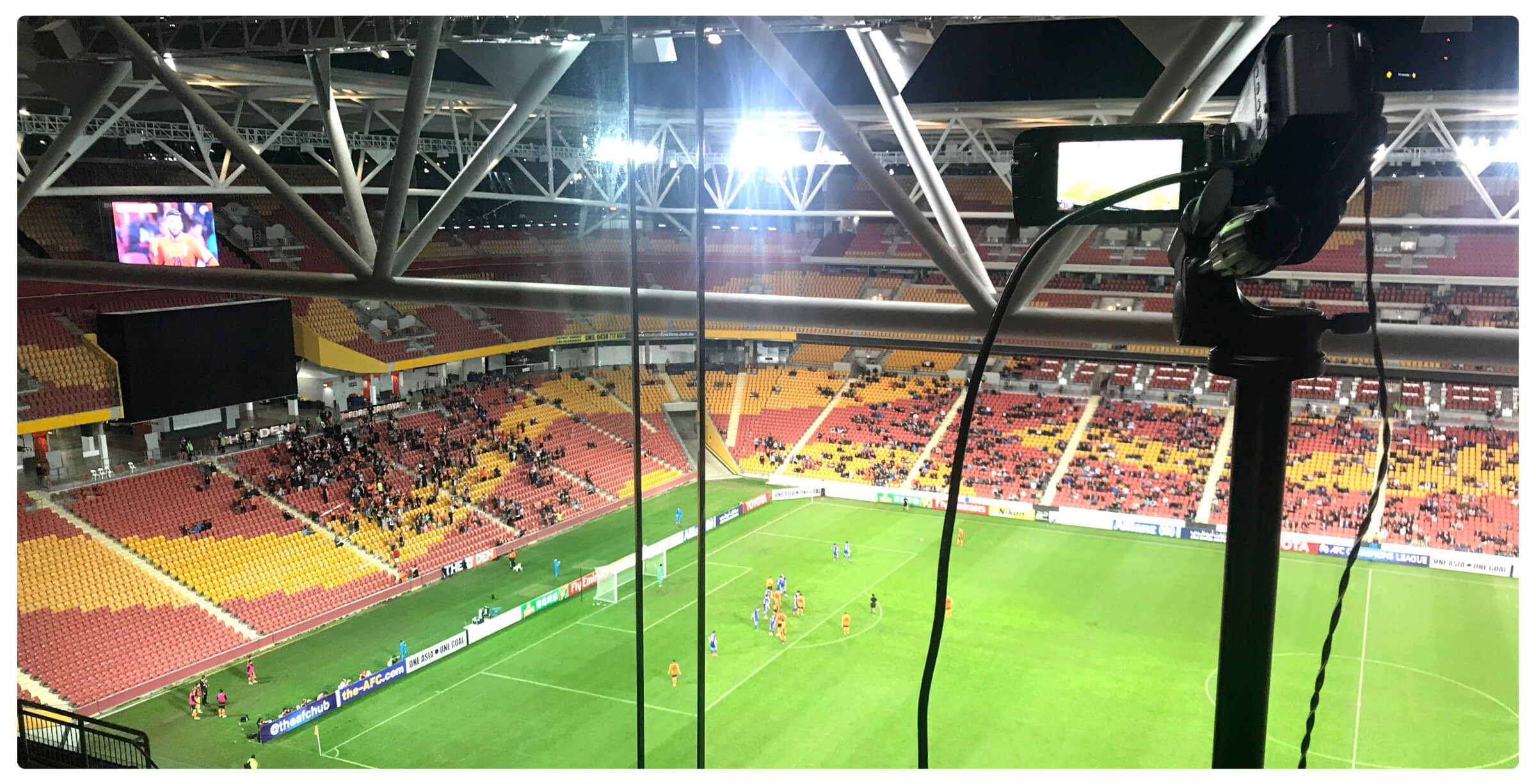From Blogger to Analyst: Working with an Elite Club
We continue to follow blogger turned analyst Gilbert Albertson as he starts expanding his role with the Brisbane Roar.
Gilbert has been regularly blogging on football tactics with a focus on the A-League in Australia over the last few years, and has recently began learning Sportscode in an effort to break into the analysis industry. This is part two in our series with Gilbert Albertson as he goes through a six-month trial of Sportscode. Read part one here.
Over the last month I've continued work with the Brisbane Roar and their analyst. I’ve begun live-coding matches for the club's youth team who are competing in the National Premier League in Queensland, the division below the A-League.
Live-coding is certainly a quicker way to code a match. With no chance to watch clips back and adjust the timings or how you've labelled them, you're guaranteed to be done in ninety minutes. It is a different experience though, and you can't afford to lose concentration for even a second or you can quickly fall behind the play.

It has been a learning experience that has taken a bit of adjusting. But after three or four games it started to come together, and I'm now much more confident. Without a direct feed of the video into my laptop, I have been using the iPad app iCoda rather than the full Sportscode program for live coding. While it isn't as powerful in terms of features, I've found it’s customisable, with a much simpler layout. That’s helpful when you want to reduce distractions in a live match environment.
It also means that I don’t have the live-feed available for use at halftime for the staff to problem solve during the match. It does speed up the post-match process though, allowing the coach to go straight into the analysis when the game is over. So far I would say coding during the game is more about capturing the events, but it is hard to add context in that environment until it’s combined with more detailed analysis post-match.
One important takeaway I have been learning is that everyone will have a slightly different experience, so customising the coding window is important to make sure it works for you. At the end of the day, you need to provide the coach, staff and players the information they need for their own roles. Different analysts may have differing methods of obtaining that information, like how they set up code windows for example.

With the club's first team currently in their off-season it has also been an opportunity to review the last season. I've assisted the team's analyst with this process, which has included going back and re-watching all twenty-nine matches to build reports on particular aspects of the team's game that the coaching staff requested.
While some simple data is collected by other data companies around how many tackles players make or shots and saves they make, manually coding your own events means you can build on this and, more importantly, customise it to your own team. This means we can create our own statistics and information profiles that fit our team's style or targets.
Combining it with video allows you to then take it to the next level. I am a big supporter of the ever increasing amounts of data available in football in recent years and believe that using it smartly can create important competitive advantages. But that doesn't mean that video isn't important. Being able to use data to prove a thesis you've found with what may have started as an anecdotal bit of video is powerful.
The next step is preseason and preparing for the new season that kicks off in October, with the first FFA Cup game in August.
Once the new season starts, I am hoping to assist with the opposition scouting and preparing a report for the coach ahead of each match. This is probably the bit I am most looking forward too as well, combining the more practical skills that I have learnt with Sportscode and the Brisbane Roar over the last few months with what I had been doing when I was blogging analysis.
Stay tuned.
